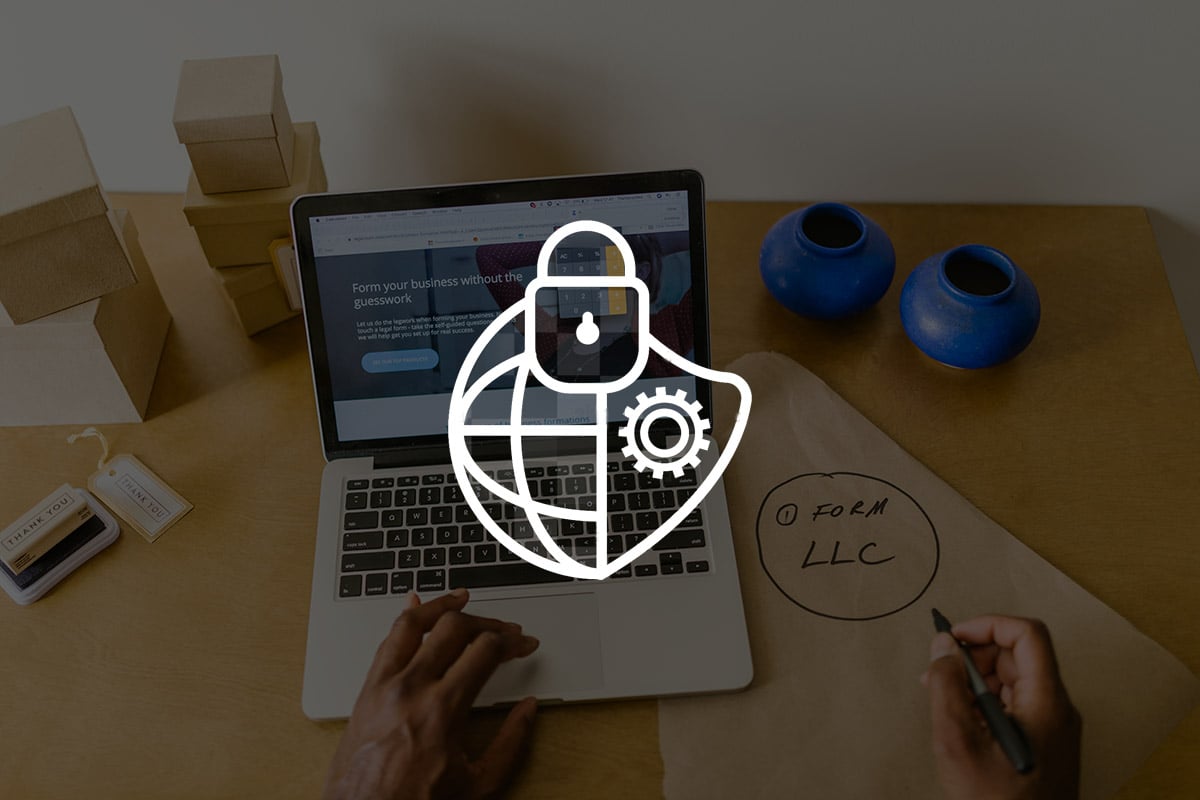SMBs Need to Go on the Offensive with Cyber Security

Recently there has been a push for more proactive cyber security strategies, even to the point of organizations going on the offensive to find and stop bad actors before they can wreak havoc.
Although this type of security approach can require additional resources including tools and skills, small and mid-sized businesses (SMBs) should not be discouraged from pursuing this strategy. That’s especially true given that cyber attacks are getting more sophisticated and being launched by several different sources including bad actors financed by nations.
Consider the far-reaching impact of recent ransomware attacks, which affected not only the principal victims but those connected via their supply chains.
Ransomware attacks on SMBs
An August 2021 report from research firm International Data Corp. (IDC) said more than one-third of organizations worldwide had experienced a ransomware attack or a breach that blocked access to their systems or data within the previous 12 months. For those organizations that fell victim to ransomware, it’s not uncommon to have experienced multiple ransomware events, the report said.
These types of attacks come at a time when much is at stake in the digital business environment in which many companies find themselves. SMBs, like their enterprise counterparts, now rely on systems and data more than ever to conduct business. Data resources are exceedingly valuable. As such, they can’t afford to sit back and wait for attacks to happen before acting.
Proactive cyber security involves using tools and tactics such as threat hunting, advanced threat intelligence, collaboration with other organizations to outsmart cyber criminals, and other activities.
For some companies, and particularly smaller ones, it might not be intuitive to think in terms of being on the offensive when it comes to security. But experts say this approach makes sense if companies can accurately identify potential attackers.
At this point, based on recent research it looks like many organizations are following this path. Demand for tools and services that support proactive security is on the rise. A report by Research and Markets said the proactive security market was valued at $20.81 million in 2020, and is expected to reach $45.67 million by 2026, at a compound annual growth rate of 14% over the forecast period.
Evolving data breaches that lead to high costs of recovery, and the increasing number of connected devices across organizations because of the bring-your-own-device trend and Internet of Things implementations have encouraged companies to shift from reactive to proactive security strategies, according to the report.
Also driving this trend are the digital transformations underway at many organizations, and the need for compliance with stringent data privacy regulations. The need for proactive security is also expected to be fueled by the increasing number of data breaches and other attacks, and the ongoing shift to cloud technology.
The report noted that SMBs “continue to deploy proactive security solutions, as [they] are increasingly facing malware-based and DNS [domain name system]-based cyber-attacks.
Steps SMBs can take against ransomware
Being proactive with security can also apply to security executives’ leadership style. At a November 2021 security and risk management event, research firm Gartner said in order to respond to the ever-changing threat landscape and increase impact among executive leadership, security and risk leaders should shift from a defensive to an offensive position.
“By embracing an offensive mindset, security leaders have an opportunity to permanently shift their role from a service provider to a coach who provides critical strategy and guidance to support business value creation,” noted Tina Nunno, distinguished research vice president and Gartner Fellow.
Nunno identified three steps for executives to shift from a defensive to an offensive leadership approach. One is to strengthen their personal leadership approach. They need to identify whether they are acting defensively or offensively and reposition their personal leadership towards the latter, Nunno said.
“CISOs who find themselves frequently apologizing or explaining security incidents are likely taking a defensive stance, which often results in security being siloed into a service provider role,” Nunno said. “Offensive-minded security leaders instead focus on innovation, forward-looking strategy and the role of security in supporting digital transformation, helping cement their position as critical business partners.”
Another step is to systematize offense for the security team. Security leaders can improve outcomes by assigning security responsibilities to stakeholders across the company, including line-of-business leaders, executive leadership and third-party vendors, Nunno said. Responsibility for securing the company goes beyond just the security team, she said.
The third step is to coach the organization through new digital risks. In the current heightened risk environment, an offensive security approach will guide companies through volatility and digital uncertainties. “Boards and executives are generally focused on revenue, cost and risk,” Nunno said. “Security leaders can coach business stakeholders through security-related decisions by framing them around these three areas, helping determine what trade-offs the business is willing to make.”
Learn more about the tailored solutions for SMBs at Bitdefender.
tags
Author

Bob Violino is a technology and business freelance writer covering the latest trends in the market, including cloud services, mobile technology, social media, big data/analytics and the Internet of Things.
View all postsRight now Top posts
FOLLOW US ON SOCIAL MEDIA
SUBSCRIBE TO OUR NEWSLETTER
Don’t miss out on exclusive content and exciting announcements!
You might also like
Bookmarks











